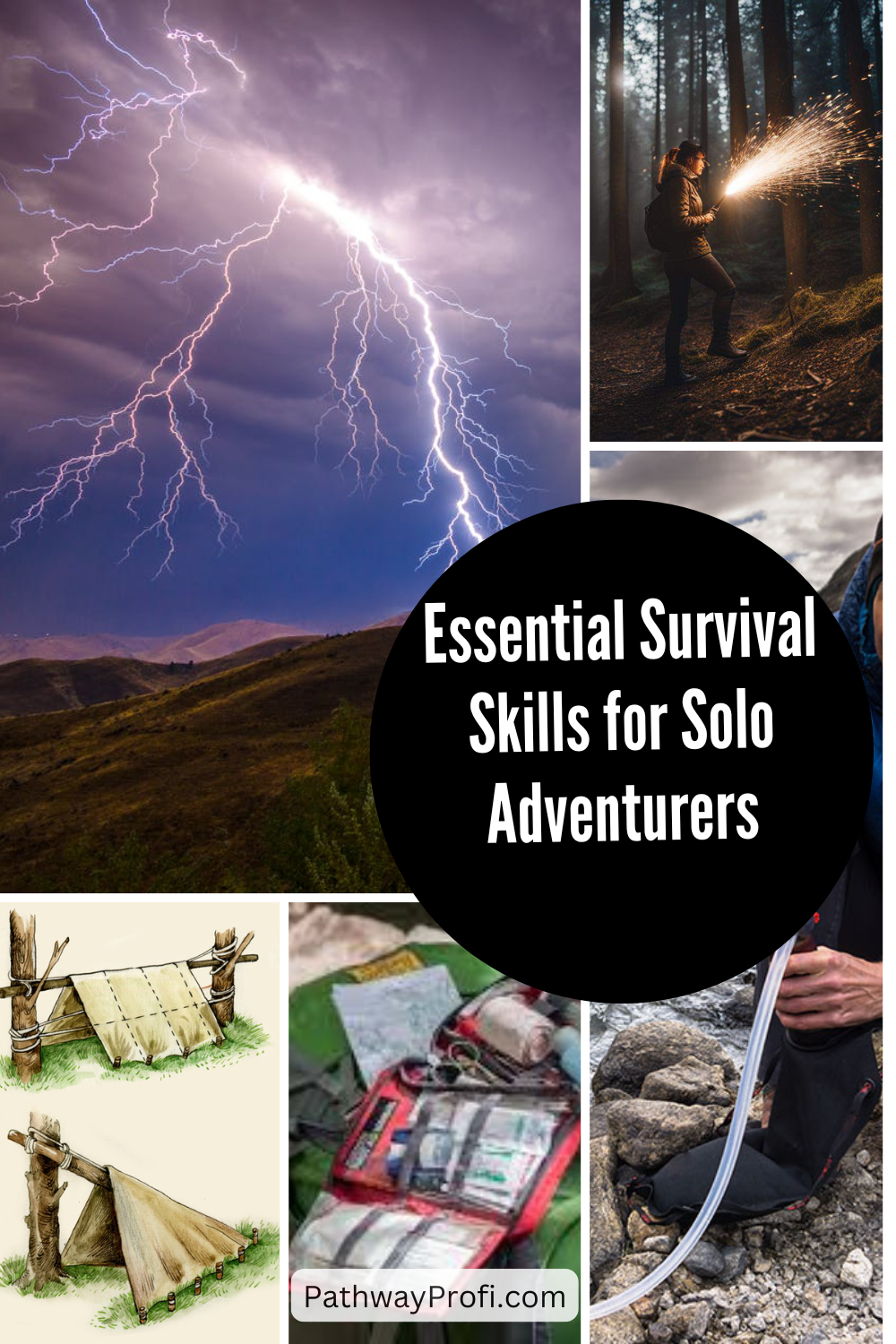Solo adventures can be some of the most rewarding and liberating experiences you’ll ever have, but they also come with their own set of challenges. The ability to survive and thrive in the wilderness when you’re on your own is a skill that can be learned. Whether you’re hiking through a remote forest or trekking across a desert, survival skills are crucial to ensure your safety and success. In this guide, we’ll cover the essential survival skills every solo adventurer should know before venturing into the unknown. 🌍🧭
Table of Contents
1. 🔥 Fire Starting: The Foundation of Survival 🔥
Why It’s Important:
Fire is one of the most vital tools in a survival situation. It provides warmth, allows you to cook food, purify water, and even signal for help. Being able to make fire is a life-saving skill that no adventurer should neglect.
How to Master It:
- Always carry fire-starting tools, such as a firestarter, waterproof matches, or a flint and steel kit.
- Learn the fire-building techniques, including the teepee, log cabin, and lean-to methods.
- Practice creating a fire in different weather conditions—this skill is only useful if you’re prepared to handle rain or wind.
Bonus Tip: 🌧️
In wet conditions, try using fatwood (a pinewood that’s rich in resin) or dryer lint as kindling for a quick and reliable start.
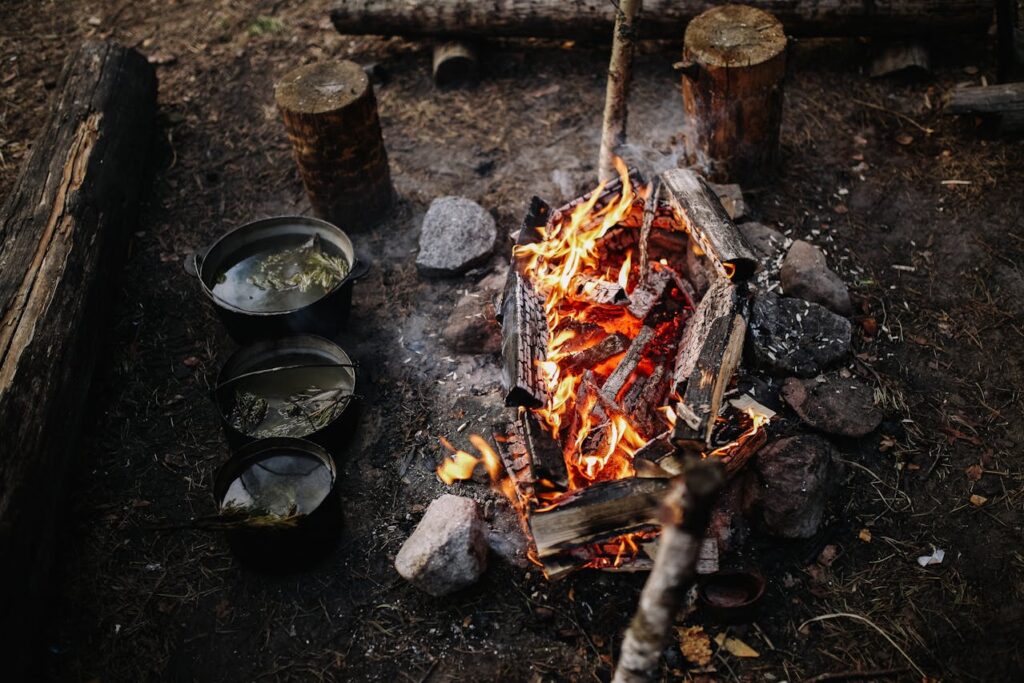
2. 💧 Water Sourcing and Purification: Drinkable Water on the Go 💦
Why It’s Important:
Water is the most essential resource for survival, and you can only go for about 3 days without it. Knowing how to find, purify, and conserve water is essential, especially when you’re in a solo situation where help might be hours, if not days, away.
How to Master It:
- Finding Water: Look for signs of water sources such as animal tracks, vegetation, or low-lying areas that might collect rainwater.
- Purification Methods: Carry a water filter or purification tablets. In the absence of these, boiling water for at least 5 minutes is a reliable method to kill pathogens.
- Rainwater Collection: Use tarps or plastic sheets to collect rainwater. This method is especially useful when you’re caught in a downpour!
Bonus Tip: 💡
If you’re in an emergency situation, use a solar still (a hole in the ground covered with plastic that collects evaporated water) to create a natural purification system.
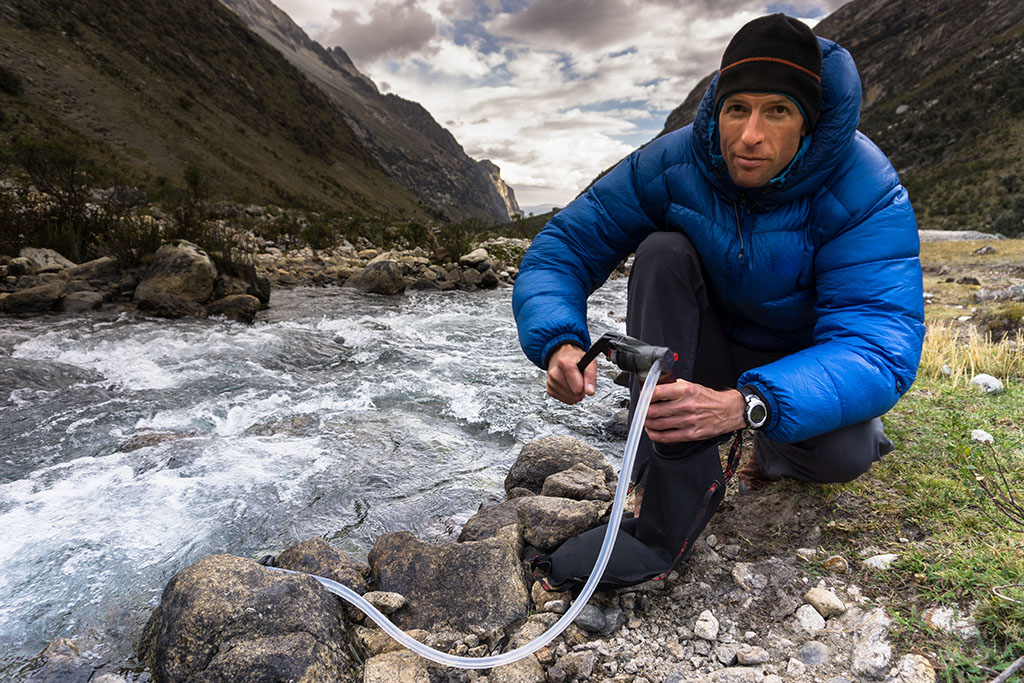
3. 🛠️ Basic First Aid: Take Care of Yourself 🩹
Why It’s Important:
In remote locations, medical help might be hours or even days away. You need to be prepared for everything from minor cuts and scrapes to serious injuries. Having basic first aid skills can be the difference between life and death in some cases.
How to Master It:
- Always carry a well-stocked first aid kit that includes bandages, antiseptic wipes, pain relievers, gauze, and an emergency blanket.
- Learn how to treat common injuries like sprains, fractures, burns, and hypothermia.
- CPR and basic wound care can be life-saving skills to know and practice.
Bonus Tip: 🏥
Take a wilderness first aid course to ensure you’re prepared for remote medical emergencies. Knowing what to do until help arrives could save your life!

4. 🧭 Navigation: Find Your Way Without a Map 🌍
Why It’s Important:
Getting lost in the wilderness is a common fear for solo adventurers. Being able to navigate and orient yourself using both natural landmarks and tools like a compass or GPS is critical for staying safe and reaching your destination.
How to Master It:
- Learn how to use a compass and topographic maps. Familiarize yourself with land navigation basics, such as determining direction using the sun or stars at night.
- Practice reading natural signs like sun patterns, wind direction, and terrain features to gauge your position.
- Always have a backup navigation method, such as a GPS device or a reliable offline map app.
Bonus Tip: 🧳
If you’re in a remote area without access to maps, trail markers and cairns (small stone piles) can help guide you in the right direction.

5. 🌲 Shelter Building: Protection from the Elements 🛖
Why It’s Important:
Shelter is crucial in protecting you from the elements, especially if you’re exposed to harsh weather conditions like wind, rain, or extreme temperatures. Building a proper shelter can also help prevent hypothermia and heatstroke.
How to Master It:
- Learn how to build a shelter using natural materials, such as branches, leaves, and bark. The classic lean-to shelter or debris hut are great for staying warm and dry.
- Carry a space blanket or tarp as a lightweight alternative to building a shelter from scratch.
- Know how to choose a safe location for shelter, avoiding low ground where water might collect or cliffs that could pose a danger.
Bonus Tip: 🏕️
In emergencies, you can use a survival bivy bag for quick shelter that also helps retain body heat.
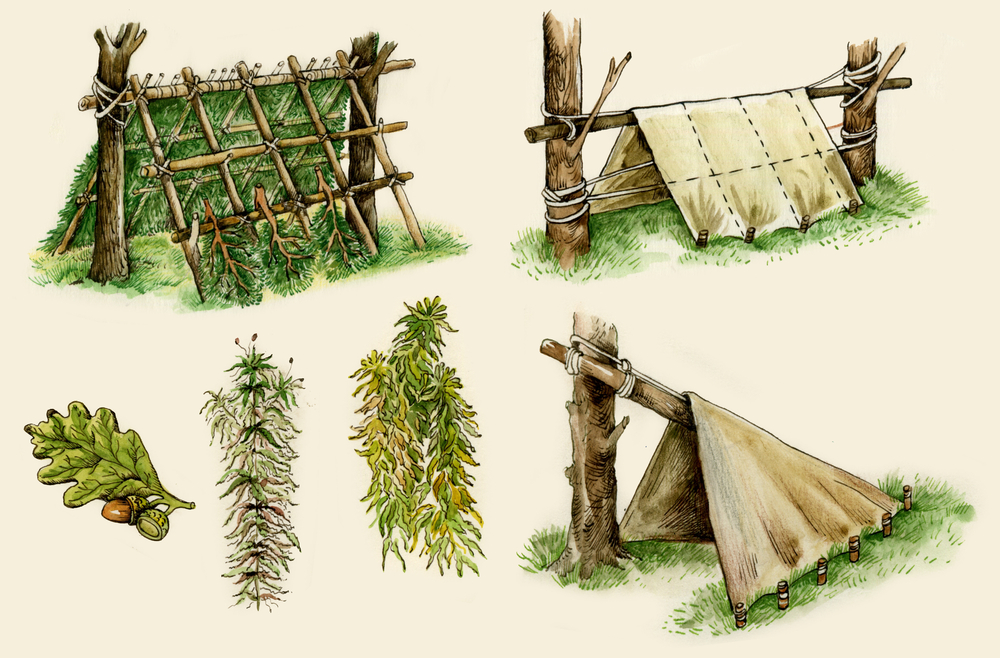
6. 🍽️ Food Sourcing: Stay Fueled for Your Adventure 🌾
Why It’s Important:
You may not always have a supply of food with you, so knowing how to forage and hunt can help you sustain yourself. In addition, rationing your food supply properly ensures you can make it through a longer adventure.
How to Master It:
- Learn to identify edible plants like wild berries, mushrooms, and roots. Always be 100% sure a plant is safe before consuming it!
- Carry lightweight, high-calorie food like jerky, dried fruits, or energy bars.
- If you’re in an area with a water source, learn how to fish or set simple traps for small game.
Bonus Tip: 🍂
In the event of a food shortage, learn about insects like grasshoppers or ants, which are often rich in protein and are a sustainable food source in survival situations.
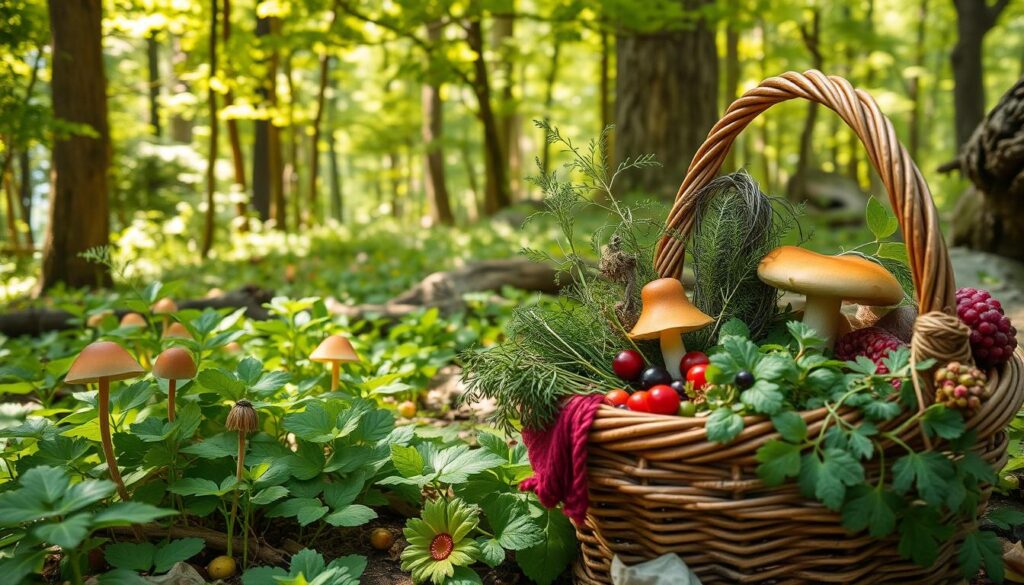
7. 🌦️ Weather Awareness: Know How to Adapt 🌞
Why It’s Important:
Weather conditions can change in an instant, especially when you’re out on your own. Understanding how to predict and react to weather changes could be the key to avoiding dangerous situations, like lightning storms, flash floods, or extreme heat.
How to Master It:
- Learn to recognize weather patterns like cloud formations or wind shifts that indicate a storm is coming.
- Always check the weather forecast before heading out, and be prepared for sudden changes.
- Carry weatherproof gear, such as a rain jacket, thermal layers, and sun protection to protect yourself from the elements.
Bonus Tip: 🌪️
In case of lightning, avoid high ground and stay away from water sources to reduce the risk of being struck.

8. 🗣️ Emergency Signaling: Get Help When You Need It 🚨
Why It’s Important:
In the worst-case scenario, you may need to signal for help. Knowing how to use emergency signals effectively can increase your chances of being found.
How to Master It:
- Carry a whistle, mirror, or signal flare to alert rescuers if you’re in distress.
- Use smoke signals or a bright fire as a way to increase visibility from the air.
- Learn the international SOS signal (three short, three long, three short bursts) to attract attention.
Bonus Tip: 🛑
A satellite phone or personal locator beacon (PLB) is a reliable tool for getting help in remote areas.
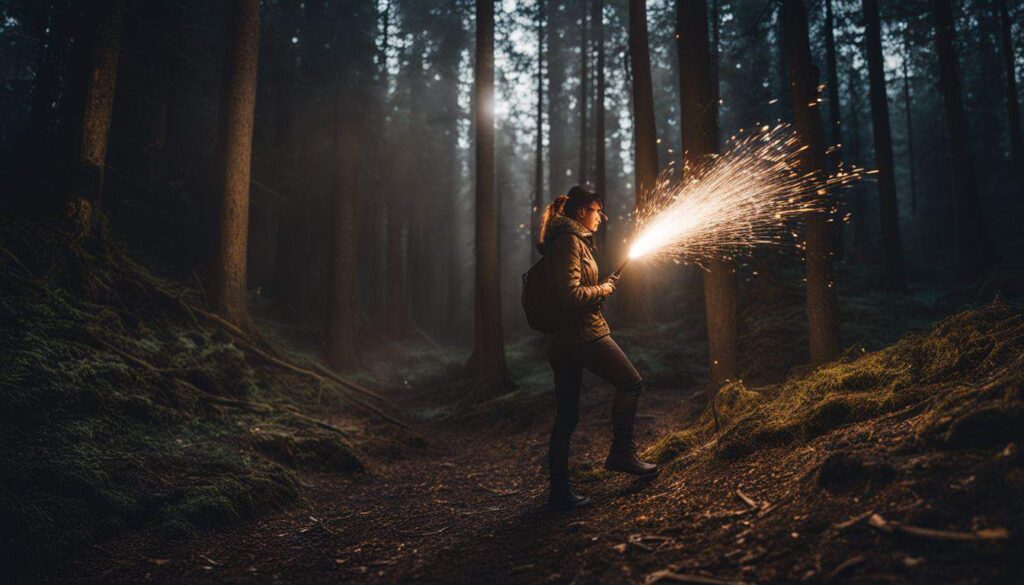
Conclusion: Stay Prepared, Stay Safe! 🌍
Surviving on your own in the wilderness takes preparation, knowledge, and confidence. By mastering these essential survival skills, you’ll be able to handle unexpected situations and turn your solo adventure into a safe and memorable experience. Remember, the more you practice, the more confident you’ll become in the wild. So, get out there, explore the world, and be the ultimate solo adventurer! 🌄👣
I hope this detailed guide helps to attract and engage your audience, providing useful information while keeping the tone friendly and adventurous! 🌟

